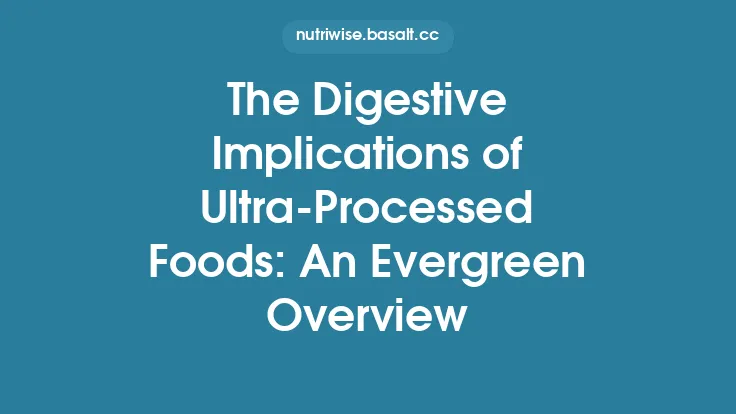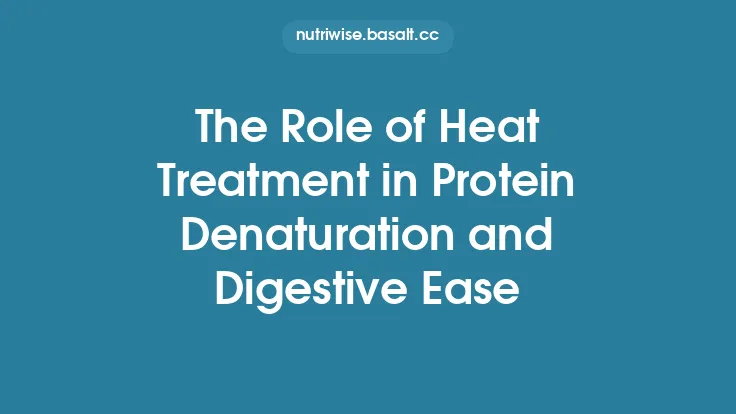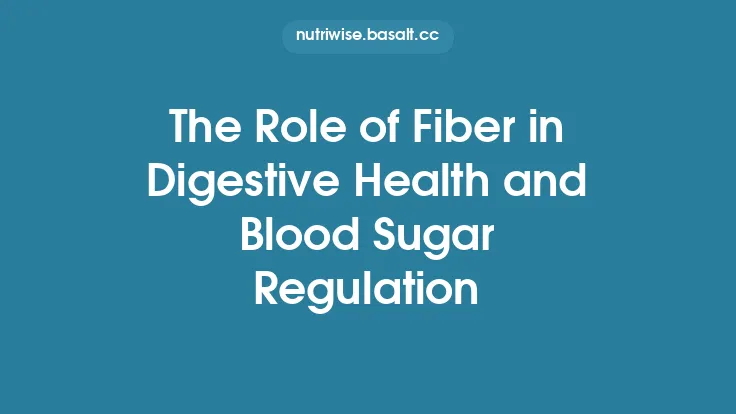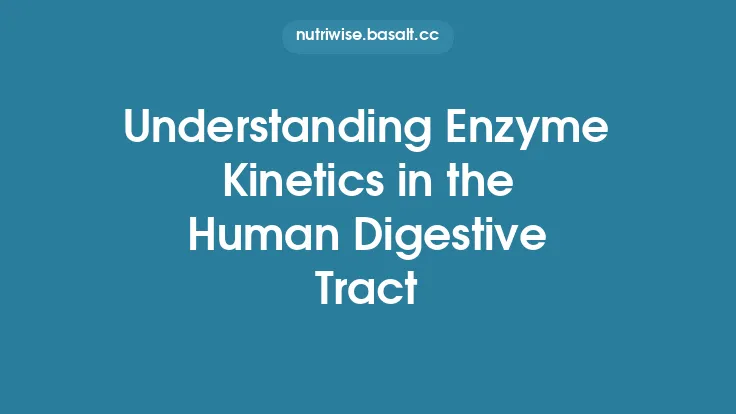The human digestive tract is a continuous, highly coordinated tube that transforms ingested food into absorbable nutrients and eliminates waste. Its design reflects a balance between mechanical processing, chemical breakdown, and selective absorption, all regulated by intricate neural and hormonal networks. Understanding the overarching architecture and functional principles of this system provides a foundation for appreciating the more detailed processes that occur within each segment.
Anatomical Organization of the Digestive Tract
From a macroscopic perspective, the gastrointestinal (GI) tract can be divided into three major regions:
- Foregut – includes the oral cavity, pharynx, esophagus, and the proximal portion of the stomach. This region is primarily responsible for the initial reception, temporary storage, and preliminary mechanical processing of food.
- Midgut – extends from the distal stomach through the duodenum, jejunum, and ileum. It represents the principal site of enzymatic digestion and nutrient absorption.
- Hindgut – comprises the cecum, colon, rectum, and anal canal. Its chief functions are water reclamation, microbial fermentation, and fecal formation.
These regions are not isolated; they are linked by a series of mesenteric folds, omental attachments, and vascular conduits that maintain positional stability while allowing the necessary flexibility for peristaltic movement and organ expansion.
Histological Layers and Their Functions
Each segment of the GI tract shares a common wall architecture, organized into four concentric layers that together orchestrate motility, secretion, and protection:
| Layer | Primary Cell Types / Structures | Key Functional Contributions |
|---|---|---|
| Mucosa | Simple columnar epithelium (with specialized cells such as goblet, enteroendocrine, and absorptive enterocytes), lamina propria, muscularis mucosae | Provides a selective barrier, secretes mucus and enzymes, houses endocrine cells that release local hormones, and supports microvilli (where present) for absorption. |
| Submucosa | Dense connective tissue, blood and lymphatic vessels, submucosal (Meissner’s) plexus | Supplies the mucosa with nutrients and immune surveillance, and coordinates local secretory responses via the submucosal plexus. |
| Muscularis Externa | Inner circular and outer longitudinal smooth muscle layers, myenteric (Auerbach’s) plexus | Generates coordinated peristaltic and segmental contractions; the myenteric plexus integrates motor patterns with sensory feedback. |
| Serosa / Adventitia | Visceral peritoneum (serosa) or connective tissue (adventitia) | Reduces friction with adjacent organs, provides structural support, and contains larger vessels and nerves that link the GI tract to systemic circulation. |
The interplay among these layers enables the tract to adapt its tone and contractility in response to luminal contents, hormonal cues, and autonomic input.
Accessory Digestive Organs and Their Contributions
While the tubular tract performs the bulk of digestion, several accessory organs supply essential enzymes, bile, and regulatory factors:
- Liver – Synthesizes bile salts, cholesterol, and a wide array of plasma proteins (including albumin and clotting factors). It also serves as a metabolic hub, processing absorbed nutrients before they enter systemic circulation.
- Gallbladder – Stores and concentrates bile, releasing it in response to cholecystokinin (CCK) to facilitate lipid emulsification.
- Pancreas – Produces a cocktail of digestive enzymes (proteases, amylases, lipases) and bicarbonate-rich fluid that neutralizes gastric acidity, thereby creating an optimal pH for intestinal enzymes.
- Salivary Glands – Contribute amylase and mucins that initiate carbohydrate breakdown and lubricate the bolus.
These organs are linked to the GI tract via ducts that open primarily into the duodenum, ensuring that enzymatic and biliary secretions are delivered precisely when needed.
Regulatory Mechanisms: Hormonal and Neural Control
Digestive activity is modulated by a sophisticated network of endocrine signals and autonomic innervation:
- Enteric Hormones – Cells scattered throughout the mucosa release peptides such as gastrin, secretin, CCK, gastric inhibitory peptide (GIP), and peptide YY (PYY). These hormones act locally (paracrine) or systemically (endocrine) to adjust gastric emptying, pancreatic secretion, bile release, and intestinal motility.
- Autonomic Nervous System – Parasympathetic (vagus nerve) stimulation generally promotes secretory and motile activity, whereas sympathetic input tends to inhibit digestion and redirect blood flow to skeletal muscle during stress.
- Enteric Nervous System (ENS) – Often termed the “second brain,” the ENS contains two major plexuses (myenteric and submucosal) that can operate autonomously to regulate peristalsis, secretion, and local blood flow. It receives modulatory input from both the central nervous system and the hormonal milieu.
The integration of these signals ensures that each phase of digestion proceeds in a coordinated, energy‑efficient manner.
Integration of Motility and Secretion
Motility patterns are tightly coupled with secretory events through feedback loops:
- Mechanical Stretch – Distension of the gut wall triggers stretch receptors that stimulate the release of hormones (e.g., CCK) and activate reflex arcs in the ENS, prompting coordinated muscle contraction and enzyme secretion.
- Chemical Sensing – Luminal pH, osmolarity, and nutrient composition are detected by chemoreceptors, which modulate the activity of both the ENS and endocrine cells. For instance, the presence of fatty acids in the duodenum stimulates CCK release, which in turn enhances pancreatic enzyme output and gallbladder contraction.
- Neuro‑Hormonal Reflexes – The “gastrocolic reflex” exemplifies how gastric distension can accelerate colonic motility, preparing the distal tract for upcoming waste material.
These mechanisms illustrate the principle of “feed‑forward” control: the system anticipates upcoming demands and adjusts its function preemptively.
Physiological Phases of Digestion
Although the tract is continuous, digestion can be conceptually divided into three overlapping phases:
- Cephalic Phase – Initiated by sensory cues (sight, smell, thought of food) that activate cortical and hypothalamic pathways, leading to vagal stimulation of gastric and pancreatic secretions.
- Gastric Phase – Triggered by the arrival of a bolus in the stomach; mechanical and chemical stimuli promote gastric acid secretion, pepsinogen activation, and gastric motility.
- Intestinal Phase – Dominated by feedback from the duodenum and jejunum; the presence of chyme modulates gastric emptying, stimulates pancreatic and biliary secretions, and fine‑tunes intestinal motility.
Each phase is governed by a distinct set of neural and hormonal mediators, yet they operate in a seamless continuum to maximize nutrient extraction while protecting mucosal integrity.
Homeostatic Balance and Adaptations
The digestive tract exhibits remarkable plasticity:
- Mucosal Turnover – The epithelium renews itself every 3–5 days, a process driven by stem cells in the crypts of Lieberkühn. This rapid turnover protects against mechanical abrasion and chemical injury.
- Adaptive Hypertrophy – In response to increased functional demand (e.g., after partial bowel resection), remaining segments can enlarge their absorptive surface and up‑regulate transporter expression.
- Microbial Symbiosis – Although the detailed composition of the gut microbiota is beyond the scope of this overview, it is worth noting that the host–microbe relationship contributes to nutrient metabolism, immune education, and barrier function.
These adaptive features underscore the tract’s capacity to maintain homeostasis despite fluctuating dietary inputs and physiological stresses.
Clinical Perspectives and Common Disorders
A solid grasp of the tract’s structure–function relationship aids in recognizing and managing several prevalent conditions:
- Gastroesophageal Reflux Disease (GERD) – Involves dysfunction of the lower esophageal sphincter and impaired clearance, leading to mucosal injury from gastric contents.
- Peptic Ulcer Disease – Results from an imbalance between aggressive factors (acid, pepsin) and protective mechanisms (mucus, bicarbonate, prostaglandins).
- Irritable Bowel Syndrome (IBS) – Characterized by dysregulated motility and visceral hypersensitivity, often linked to altered gut–brain signaling.
- Inflammatory Bowel Disease (IBD) – Encompasses chronic inflammatory conditions (Crohn’s disease, ulcerative colitis) that disrupt mucosal architecture and barrier function.
- Malabsorption Syndromes – Include celiac disease and pancreatic exocrine insufficiency, where enzymatic or absorptive capacity is compromised.
Understanding the underlying anatomy and physiology is essential for accurate diagnosis, targeted therapy, and patient education.
Future Directions in Digestive Research
Emerging technologies promise to deepen our insight into the digestive tract:
- Organoid Models – Stem‑cell‑derived mini‑guts recapitulate many aspects of intestinal architecture, enabling drug testing and disease modeling.
- High‑Resolution Imaging – Techniques such as confocal laser endomicroscopy provide real‑time, cellular‑level visualization of mucosal health.
- Systems Biology – Integrative computational models are being developed to simulate the complex interplay of neural, hormonal, and microbial networks.
- Personalized Nutrition – Leveraging genetic, metabolomic, and microbiome data to tailor dietary recommendations that align with individual digestive capacities.
These advances aim to translate fundamental anatomical knowledge into precision interventions that improve gastrointestinal health across the lifespan.
By framing the digestive tract as an integrated, adaptable system, this overview highlights the essential structural components and functional principles that enable efficient processing of the foods we eat. The interplay of layered histology, accessory organ contributions, and sophisticated regulatory circuits ensures that digestion remains a robust, finely tuned physiological process.





